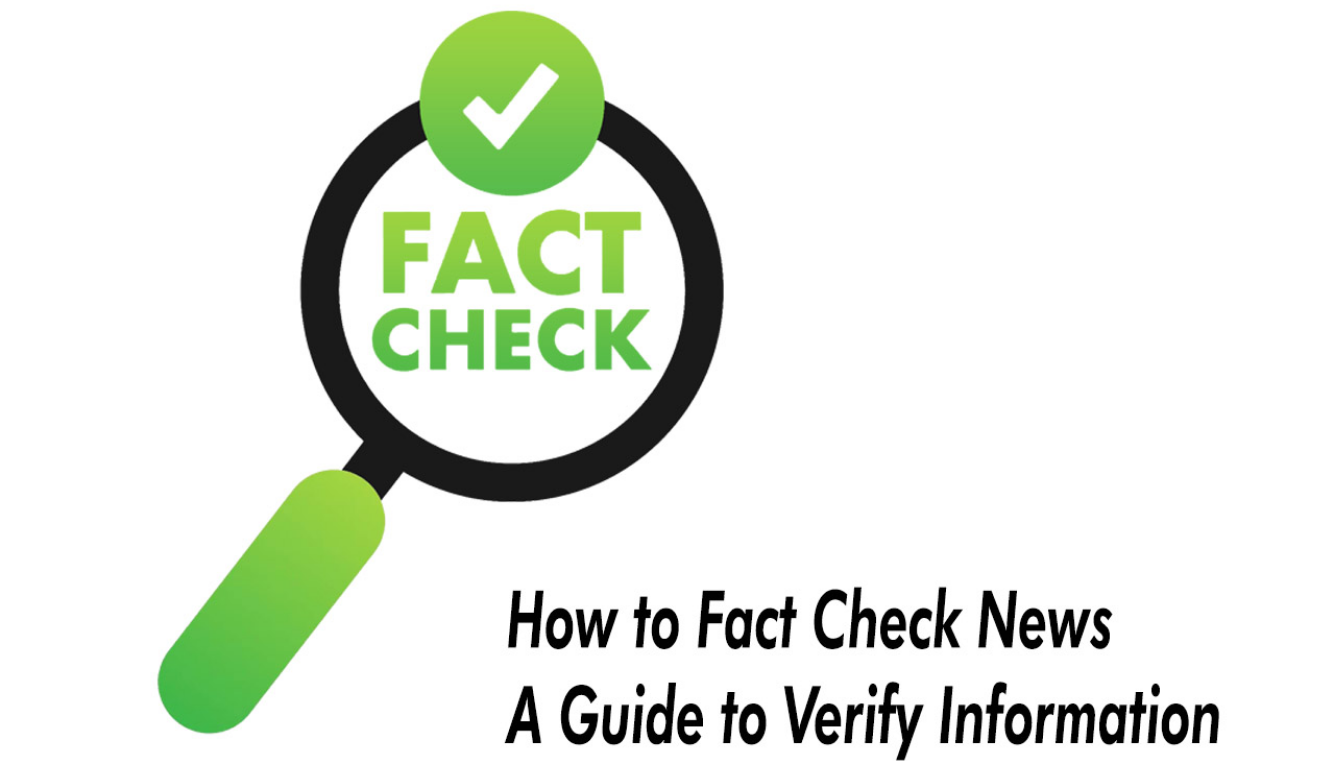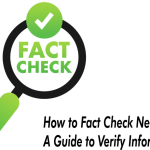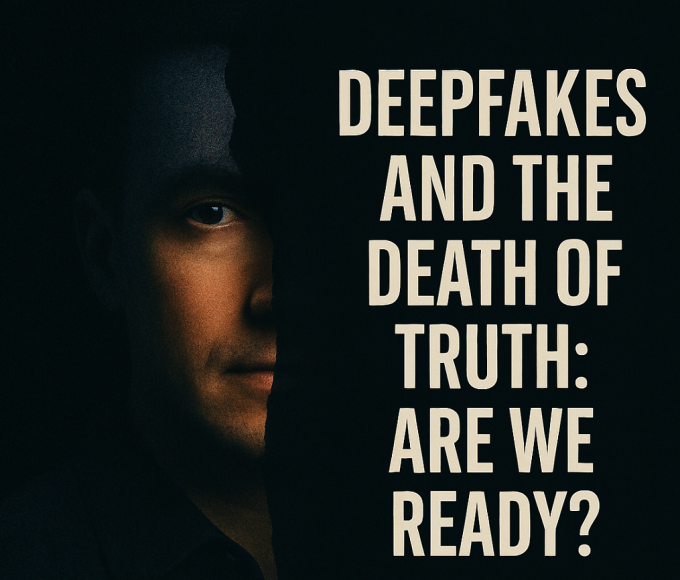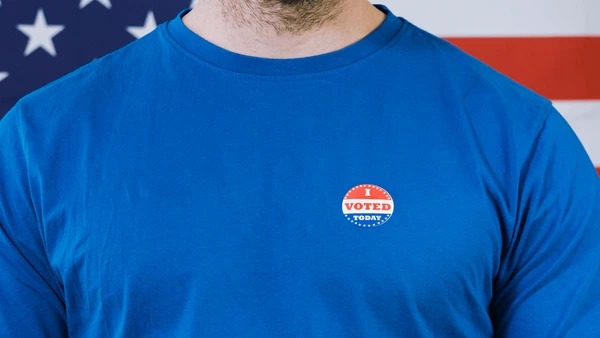Last summer, a widely shared headline from The Boston Globe wrongly labeled Algerian Olympic boxer Imane Khelif as “transgender.” The story was later corrected, but the damage spread quickly across social media feeds, fueling outrage before most readers had a chance to see the update. It was not a fringe blog. It was a respected paper. Still, a single line of text led the narrative—and many people never read beyond it. Moments like this highlight why we all need simple guides on how to fact-check news before sharing a post. Therefore, pause, check the source, and scan for updates, because a headline alone can hide key facts.
The Age of the Click-First Reader: How to Fact-Check News
Today, news meets us where we scroll. Because feeds are crowded and time is short, many of us skim a headline and move on. In fact, research has long shown that a large share of links is shared without being opened at all; early work from Columbia University and INRIA found 59% of social shares happen without a click. More recent analyses echo the pattern: researchers tracking tens of millions of Facebook links report that, more than three-quarters of the time, people shared without reading. As a result, headlines do heavy lifting—and they shape conversation before facts can.
Meanwhile, the headlines we see have changed. The Pew Research Center reports that a large part of U.S. adults now get their news from social platforms like Facebook, YouTube, Instagram, and TikTok, instead of on homepages or through TV. As a result, a platform’s feed—and its quick cues—often shape our understanding.
Why Headlines Are Designed to Manipulate Your Clicks
Headlines must be tight, timely, and tempting. Because attention translates to ad revenue, some outlets lean into ambiguity, exaggeration, and emotional content. “You won’t believe…” “Shocking new study…” These flourishes are not accidents. They are optimizations. However, engagement-first wording can trade nuance for novelty.
Scholars have found that false or sensational claims often exploit surprise and disgust—emotions that push people to share. Notably, one landmark study of Twitter found false news spread “farther, faster, deeper, and more broadly” than the truth. Humans, not bots, were the main drivers. That pattern rewards headline writers who stoke reaction, even when the underlying article is cautious.
Algorithms, Virality, and the Business of Misinformation
The feed is not neutral. Social ranking systems prioritize posts predicted to receive engagement—clicks, comments, and time-on-screen—because attention keeps users scrolling. In 2023, X (formerly Twitter) even disclosed that its ranking system modeled many types of engagement to decide what to boost. As a result, sensational headlines can rise rapidly, while sober updates may lag. Recent research indicates that engagement-based ranking can amplify divisive and misleading content, unless platforms counterbalance it with other signals of quality. For readers, learning how to fact-check news becomes a key defense against this tilt.
This dynamic blurs the line between mainstream and independent publishers. Big brands compete in the same attention market as tiny blogs and influencer channels. Because rewards favor virality, headlines that trigger a strong feeling—anger, fear, or glee—often win the feed.
The Psychology Behind Why We Fall for Misleading Headlines
We do not read as blank slates. We bring cognitive shortcuts. Confirmation bias causes us to accept information that supports our existing beliefs. The negativity bias makes alarming news seem more urgent. Novelty bias prompts us to share something surprising quickly. Therefore, a loaded headline can feel “true” at a glance, even when the article beneath it is nuanced or uncertain.
Moreover, emotion spreads. The Twitter study above found that false stories are more likely to evoke surprise and disgust, which spurs rapid sharing. Meanwhile, true stories tend to evoke calmer emotions. As a result, outrage and awe often take precedence over accuracy in the race for attention.
Real-World Consequences of Misleading Headlines
Misleading lines don’t just waste clicks—they shape behavior. During health crises, the World Health Organization warns that an “infodemic” of misleading claims drives confusion, risky choices, and mistrust, making it vital to know how to fact-check news. That has concrete effects on vaccination rates, treatment uptake, and public safety. Likewise, a faulty sports headline—such as the Khelif case—can harm reputations and fuel harassment on a large scale before corrections can catch up. And because feeds are persistent, old headlines keep resurfacing, stripped of context.
How to Spot Misleading or Manipulative Headlines
You can push back, and fast. Here’s a practical checklist you can use today—think of it as How to fact-check news in five minutes.
Slow down and SIFT
Mike Caulfield’s SIFT method is a simple four-step loop:
- Stop
- Investigate the source
- Find better coverage
- Trace to the original
Because it’s quick, you can run it before you share.
Cross-Check The Claim
Open two more tabs from outlets with strong editorial standards. Compare the wording. Does the headline match the body? Are the numbers the same across reports? If not, that’s your cue to dig. Pew’s platform fact sheets can help you see how different audiences and sites frame the same story, which can reveal spin. This is every day. How to fact-check news in action.
- Look for missing context. Does the line lean on a single study, a screenshot, or a clip? Sensational headlines often conceal limitations, such as small samples, early data, or outdated footage presented as new. Therefore, ask: what’s left out? Reverse-image search visuals. Viral photos and thumbnails carry substantial emotional weight. However, many are recycled or mislabeled. Use Google Images, TinEye, or Bing to see where else an image has appeared and when.
- Lean on professional fact-checkers. Before you share, scan PolitiFact, FactCheck.org, AFP Fact Check, or Snopes. PolitiFact even publishes a checklist of its own process. Independent roundups of tools can help you build a go-to folder. As a result, your personal how to fact-check news kit gets faster over time.
- Beware of engagement bait. If a headline seems designed to provoke (“You won’t believe…”), it probably is. Remember what the research says: the most viral content is not always the most accurate. This awareness—another pillar of how to fact-check news—helps you resist the urge to share.
- Check the date and the data. Old stories often recirculate with fresh outrage. Meanwhile, many headlines trumpet single numbers without base rates or margins of error. Therefore, click through. Scan the graph with the methodology. If it’s thin, treat the headline with caution.
What Journalists and Platforms Can Do Better
Newsrooms can help by aligning headlines with the careful truth of the copy. That means avoiding unsupported certainty, clearly labeling updates, and linking to sources and datasets. Fact-checking should be visible, not buried. PolitiFact’s “checklist” model is one example; others publish methods, boxes, and corrections logs. Meanwhile, platforms can rebalance engagement-heavy feeds by incorporating quality signals and user-stated preferences, rather than just focusing on what gets clicks. Emerging research suggests that weighting for what users say they want—rather than only what they react to—may reduce divisive amplification. Since the feed is the front page, these design choices are crucial.
Finally, we should normalize corrections. Even top outlets make mistakes, as the Khelif headline shows. Transparent, timely corrections—and friction for re-sharing old, corrected posts—would slow harm. Because errors will inevitably occur, accountability must be transparent and easily visible.
The Future of Media Literacy
So, can you really trust the headlines you read online? Sometimes. However, trust should be earned, not assumed. Headlines are shortcuts, and our brains love shortcuts. But the cost of speed is context. Therefore, your best defense is a simple habit: pause, cross-check, and verify. Use SIFT. Run a reverse-image search. Scan a fact-checker. Build your own quick routine and stick to it.
Because headlines still steer public opinion, small choices—yours and mine—add up. When we resist bait, we reward accuracy. When we read before we share, we slow the spread of noise. And when we teach friends and kids how to fact-check news, we empower them in a chaotic news feed. Ultimately, media literacy is not a class you take just once. It is a daily practice. It is how we keep the public square open, fair, and sane—one headline at a time.















Leave a comment